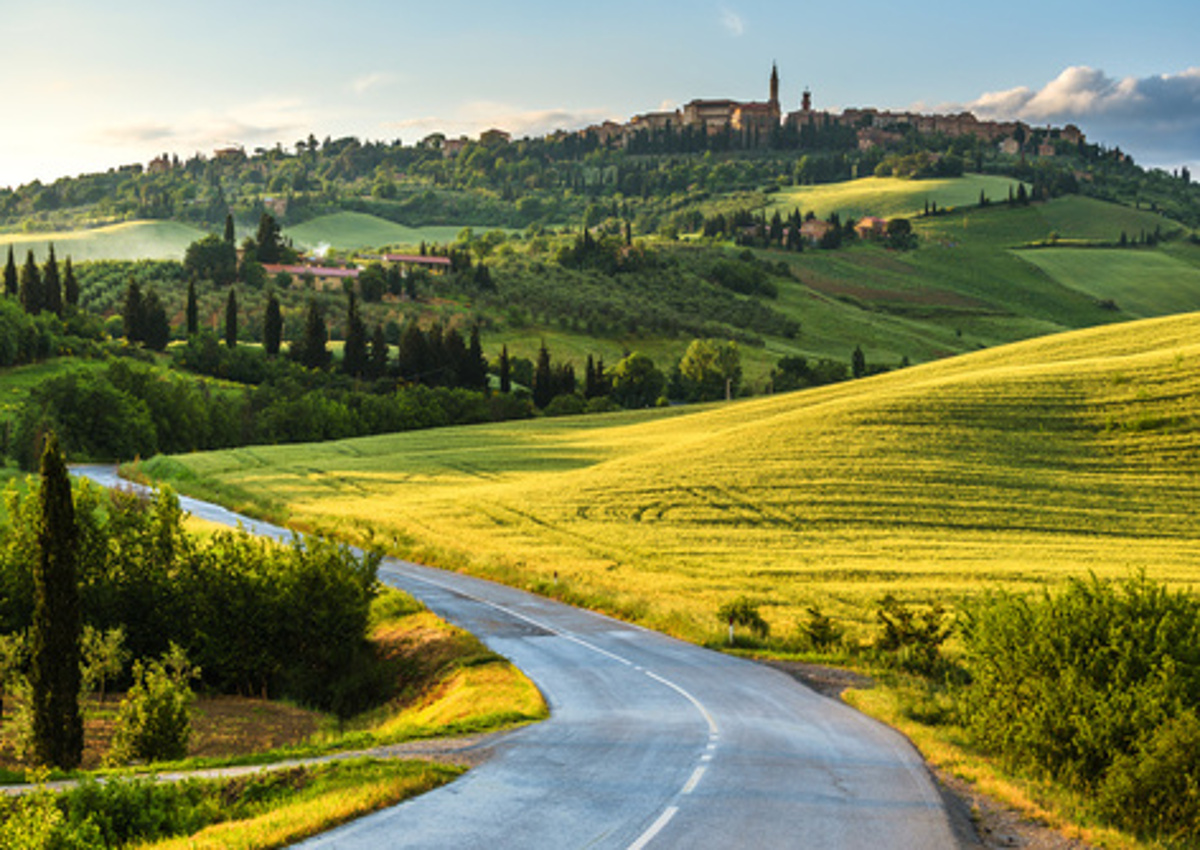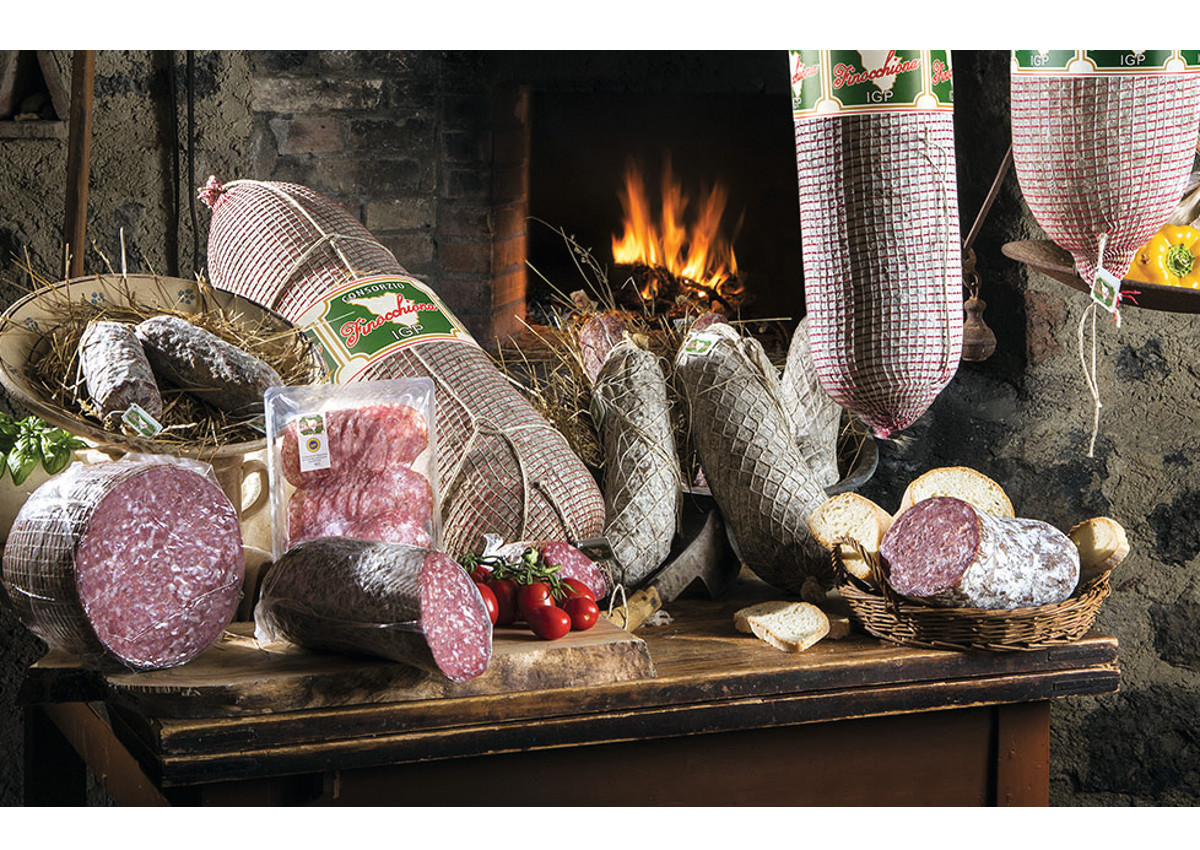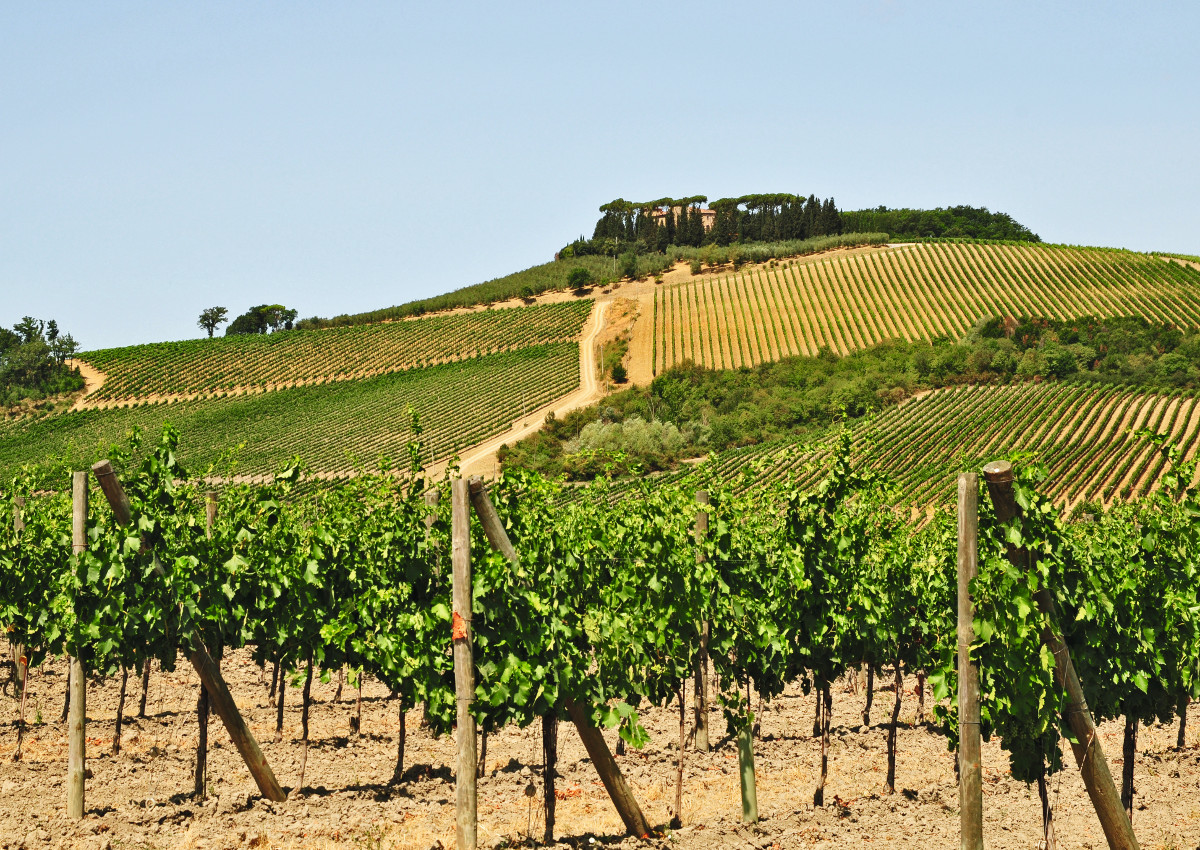
Within the great Italian food industry, Tuscan products represent a further worldwide-acclaimed added value. The popularity of Tuscan products even beyond the national territory is confirmed by the steady growth of its exports. In the 2006-2016 decade, exports of food and beverage products increased respectively by 20 and 24% (data provided by Irpet-Istituto per la programmazione economica della Toscana). According to an analysis by Coldiretti (based on Istat data), in 2016, the value of Tuscan food exports reached 2.46 billion euro, with a 3% increase over the previous year. A growth that has been confirmed by the data concerning the first half of 2017 (+1%).
A culture focusing on good food
Anyone who has visited Tuscany at least once has undoubtedly noticed the importance of the relationship between people, food, and wine, one that has shaped all its human activities. In Tuscan cities and towns, taverns and restaurants abound, while in the countryside, there are plenty of farms and farmhouses. Each year, more than three million guests enjoy a stay at Tuscan agri-tourism hotels, surrounded by fields, vineyards, pastures, forests, and picturesque villages. Tuscan cuisine is about simple dishes carrying a strong local identity: the expression of a centuries-old rural culture.

Extra virgin olive oil
In Tuscany, oil – and in particular extra virgin olive production – is of great economic and cultural importance. Olive growing has been around these lands for thousands of years. It is from these areas that some of the main Italian cultivars come from (Frantoio, Leccino, Moraiolo). They can now be found in the region along with many other native cultivars, such as the Olivastra Seggianese. The local production know-how has resulted in the creation of some major brands in the industry, which process Tuscan, Italian, and foreign olives. Although fourth by farming lands devoted to olive growing, Tuscany is the top region in terms of exported oil by value (around 600 million euro, according to Coldiretti). More than a quarter of the oil produced in Tuscany has a designation of origin. PGI Tuscan oil alone represents almost a quarter of Italian extra virgin olive oil with certification of origin; furthermore, it is the first by value of exports, with 26 million euro in 2015. In 2015, 2,445 tonnes were produced, while 1,712 were exported (source: Ismea-Qualivita). PGI Tuscan oil has always been first in Italy by certified quantity. It is in this scenario that the consortium is preparing its 2017-2018 quality-centered campaign. Crops are still poor in terms of quantity because of the drought that hit most of the Tuscan territory. Although the Consortium aims to confirm last year’s production levels of certified products (about 20 thousand tonnes), agricultural associations predict a 40-50% reduction compared to the historical average: 160-180,000 tonnes. PGI Tuscan oil prices will be similar to last year’s, between 8 and 15 euro per kilo. In addition to this PGI product, Tuscany produces four PDO extra virgin olive oils: Chianti Classico, Lucca, Seggiano and Terre di Siena. PDO Chianti Classico is produced in the provinces of Florence and Siena, in the same lands of the world famous wine, with which it shares also the black rooster symbol. With a 700,000 euro turnover and an annual production of about 60 tonnes, it is the first PDO Tuscan oil for economic impact. 2017 was a very hard year for Italian olive oil. Droughts and high temperatures have dramatically reduced yields, which had been fairly low for years. Tuscan olive oil production, which, in 2015 and 2016, had already suffered losses resulting in a -21.4% (from 19,202 down to 15,093 tonnes), according to Ismea, could experience a further 40-50% reduction.
Deli meats
Prosciutto Toscano Pdo
Produced throughout the region, this is a high-quality, flavourful, and spiced ham that goes very well with Pdo Tuscan unsalted bread. During curing, the thighs are sprinkled with laurel, rosemary, juniper berries, and other herbs typical of the area. After the marking, the part that is not covered by the rind is sprinkled with pepper. In 2015 the production reached 3,725 tonnes, with 372 being exported (+ 3.5% over the previous year). Although well behind the Parma and San Daniele Pdo “big brothers”, Tuscan ham is still in third place among the most sold and exported cured Italian cold cuts.
Finocchiona Pgi
This large cold cut is named after fennel (“finocchio” in Italian), which is added to the pork in the form of seeds or flowers. Its consistency is soft even after a long maturation period thanks to its abundant fat, which is mixed evenly with the lean parts. Apparently introduced in medieval times as a cheap substitute to pepper, over time, fennel seeds have decreed the success of this product.
Mortadella di Prato Pgi
The newcomer (2016) among the protected products, Mortadella of Prato is a cured “stewed” cold cut. After the stuffing phase, it is hung for 1-3 days in decreasing temperatures, and then cooked in a steam oven or in water. A peculiarity of this sausage, the mixture includes the addition of a spiced liqueur called Alchermes, which gives the meat a bright red color.
Lardo di Colonnata Pgi
Colonnata is a small village in the Carrara municipality, which is known worldwide for its marble quarries that, since Ancient Rome, provide the stones for the production of magnificent architecture and sculptures. The marble is an important “ingredient” for this sausage too. The lard, the fat layer found on the back of the pig, is sprinkled with salt, spices, and herbs and then seasoned in marble boxes for at least six months. Considered a delicacy, this product can be used as an ingredient or sliced in thin slices and then served on plain bread.

The great Tuscan wines
Tuscany is one of the most important wine producing regions of the world; its labels are appreciated far beyond Italy’s borders. More than 70% of Tuscan wine is exported: around 900 million euro in 2016 (Coldiretti data). Together with Piedmont, Tuscany is top in Italy by number of protected denominations (52 PDOs and 6 PGIs). In 2015, over 140 million liters of PDO and over 50 million liters of PGI wine were bottled. PDO Chianti and PDO Chianti Classic are the first two certified products by volumes, respectively 72 million and 41,300,000 liters were produced in 2015. Among the other denominations are also Brunello di Montalcino, Vernaccia di San Gimignano, Morellino di Scansano, Vino Nobile di Montepulciano. Vin Santo (literally “sainted wine”), another important Tuscan production, is a sweet wine available in four versions.

Cheese
Tuscany boasts also a good selection of cheese. Plenty of pastures means that most cheese is made from sheep and goat’s milk. Currently, only one of these products – Tuscan Pecorino – enjoys a Pdo certification. While its total turnover (retail) amounts to over 50 million euro, on the export front, the increase averaged 28.64%, which translates into almost 4.4 million euro in sales, with a strong growth in the European markets. The positive trend was also confirmed in the first four months of 2017: production recorded a 2.77% increase compared to the same period in 2016. There are two Slow Food products in the region: Raw Milk Pecorino of Maremma and the Pecorino from the Pistoia Mountains. The latter is produced from the milk of a native breed of sheep.
